Testing a Fuji GW690
I recently bought a Fujica GW690 and these are some of the first test shots from the camera. It shoots 6×9 cm negatives, so there were only 8 shots on a roll of 120. The rest of the test shots are on today’s 52 Rolls post at To the Sublime, as are my thoughts about using the camera.
The GW690 is a large camera, but not as big and unwieldy as my Mamiya M645 Super, even though it makes negatives twice as big. It is a very simple camera without a light meter or even battery. The shutter is in the lens, and the aperture and speed controls are on a ring on the outer edge of the lens. Focus is obtained via a rangefinder. It has a cold shoe, with the flash cord plug on the lens as well. The Fujinon lens is a fixed 90mm and ranges from f3.5 to f32 with shutter speeds of T, and 1 second through 1/500th. There is a cable release in the upper shutter release button. It has a front shutter release button as well which is more comfortable to reach when taking vertical shots.
There is a dial that controls the frame counter for 220 film, 120 film and short rolls of 120 – in other words 16, 8 and 4 exposure rolls, although only normal length 120 film is readily available now. If one could find 220 film anymore, then there is a reversible pressure plate in the camera to accommodate the different thickness of the film. On the back is a bracket to hold the film info off the end of a 120 box, and on the base is a tripod mount, and two recessed catches to release the film spools inside. There is also a counter for the number of rolls of film shot through the camera. This one is at 902 rolls, which the previous owner thinks is right as the camera was nearly new when he bought it in Hong Kong a bunch of years ago. Both ends of the strap attached on one side of the camera, which actually makes it more comfortable to wear.
That is it for features – very simple as I said. While one would expect a quiet shutter sound, the camera has a pretty loud sproing when you take a shot. Many sources say it is the linkage to the roll counter on the bottom, but a couple debunk that and tie the sound into some other internal mechanism. I am inclined to believe the few in this instance.
It is also said that one should set the exposure before winding the camera due to all the springs and so on inside the lens which link to the winding mechanism and are set when the shutter speed is chosen. I have also read that this may not be true for the T (time) model lenses, but of concern for those few lenses with a B (bulb) setting and different shutter mechanism. I am not going to test that for fear of breaking the camera. The T setting is the biggest drawback of this camera, if one is doing long exposures. With a B setting the shutter is open for as long as you press the shutter release, but with the T setting you press the shutter release and the shutter opens and stays that way. On this camera to close it you need to change the speed to 1 second, or to advance the film. It would have been a lot simpler if you could close it with a second press of the shutter/cable release.
A very nice aspect of this lens is that it is easy to rotate the aperture and shutter speed rings together. Thus, one can set a correct exposure value and then by rotating the two rings together change the depth of field without altering the exposure.





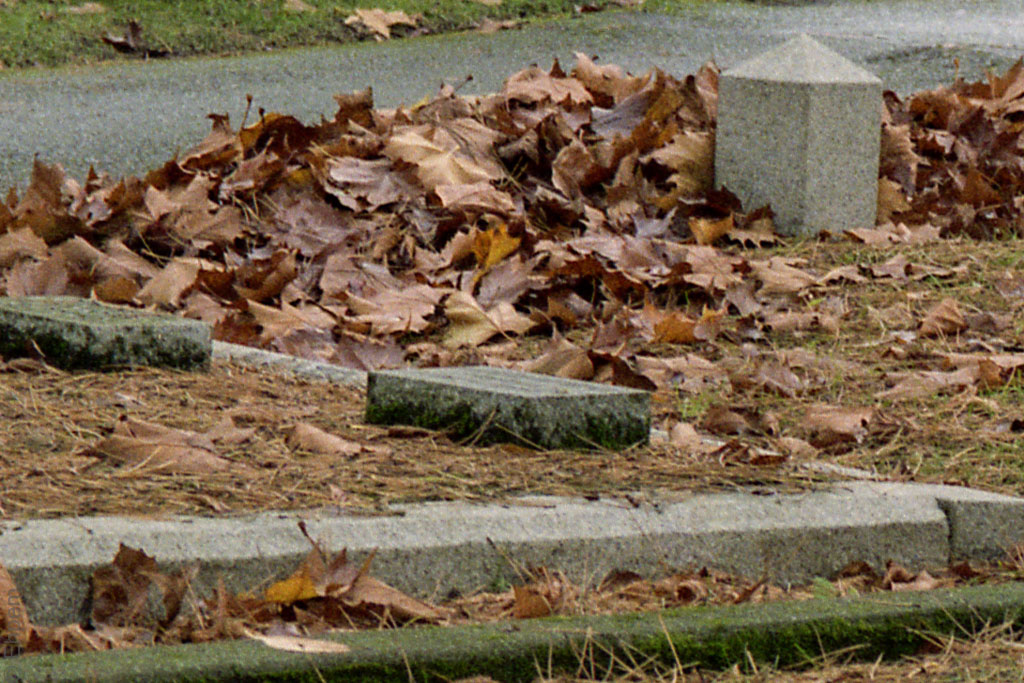



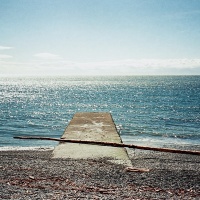

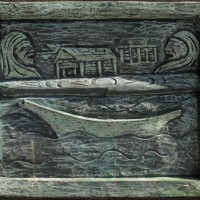
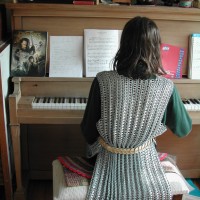
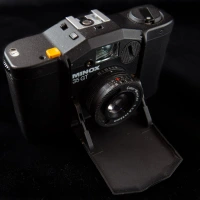
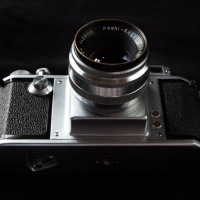


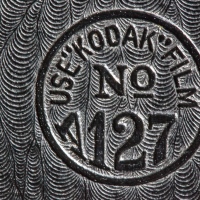


Powerful images.
LikeLike
Pingback: GW690 Woes | 52 rolls
Nice! I always wanted one of these! Enjoy!
LikeLike
Thanks Mark, I plan on enjoying! Now if only the weather would let up…
LikeLike
Thanks a lot for such a detailed explanation! I have been doing my own research and am aware of the focus-recompose – interestingly you’re the first one to discretely point out a very important fact that someone new to photography needs to know “…. you adjust your methods and accept that some subjects or approaches to subjects are not appropriate with any camera that you use.”
Of course, GAS is unbearable sometimes 🙂
LikeLiked by 1 person
GAS is tough! This camera was listed on my local used stuff website 3 times that I noticed. It finally dropped into “good deal” range and I could no longer resist.
Thanks for the follow too!
LikeLike
Hi, great post and nice little review!!
I was eyeing a GW690 for a while but never having used a rangefinder camera, I was skeptical. How did you manage to focus on the right side of the image (the tombstone) when the focus patch is in the middle?
LikeLike
Hi Ashoke, thanks for your comment. I used the focus-recompose method. I only have one film camera and one digital camera that have multiple focus points, and because my glasses have 3 prescriptions I can’t rely on the view through in an SLR for focussing – I always need to use the centre focussing screen, or the focus points that light up. I am well aware of the change of focal distance that occurs when focus-recompose is used (here is a useful article on the subject, the comments have good info too: http://bit.ly/StkIsd. I have not thought carefully about it, but since it is the rotation of the film plane which changes the focal distance, it is probable that a much larger film plane will change the focal distance much more which is perhaps the basis for your concern.
So, in this instance, it was not a serious problem because I was shooting in daylight with 400ISO film and thus my f-stop was around 5.6 (don’t recall now but was trying for shallow dof and thus was most likely f5.6 given the light and film speed, but could have been f4 – I have not yet shot this camera at f3.5). In any case, I had a not too shallow depth of field at the distance I was from the headstone. Looking at the enlargement from the headstone it seems a touch out of focus and thus there is a bit of this effect showing. If I had been closer, the dof would have been much narrower and this would have been a problem. I do sometimes try to compensate a bit with a guess at the correct distance if I am shooting with a very shallow depth of field and am close to the subject of my focus – especially with macro photography. I also will try to focus on the part of the subject that is closest to the centre of the image which can reduce the effect as well. Both these ways of compensating can be tricky and unreliable, but I don’t think this shift is often going to represent a problem with this camera and lens combination – I won’t be doing macro photography with it, nor much that could be considered close-up either. Bottom line is you adjust your methods and accept that some subjects or approaches to subjects are not appropriate with any camera that you use.
Other viewers might be more experienced and have a useful hint for overcoming this problem.
LikeLiked by 1 person